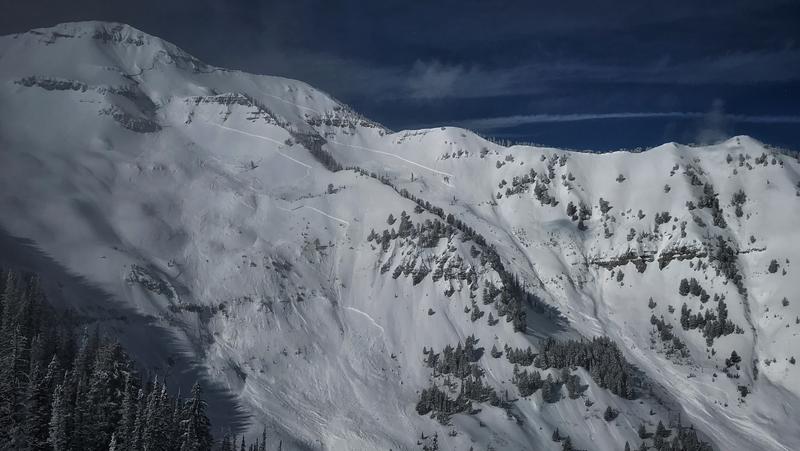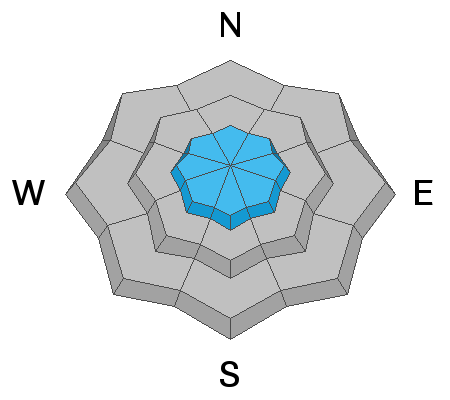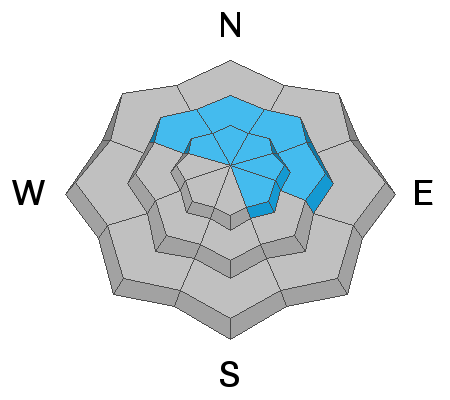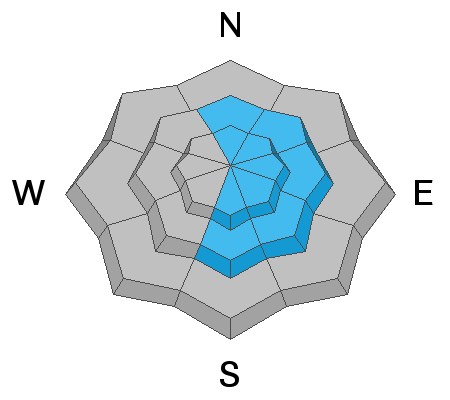Forecast for the Provo Area Mountains

Issued by Mark Staples on
Wednesday morning, February 20, 2019
Wednesday morning, February 20, 2019
Today in the Provo area mountains, rating the avalanche danger is difficult. I am rating it CONSIDERABLE at mid and upper elevations on wind loaded slopes and aspects that have produced massive natural avalanches. Even though the likelihood of triggering one of these monsters is decreasing, the travel advice for this danger rating says:
"Dangerous avalanche conditions. Careful snowpack evaluation, cautions route finding, and conservative decision making essential."
The avalanche danger is MODERATE at mid and upper elevations generally on West through South aspects. The danger is LOW at low elevations.
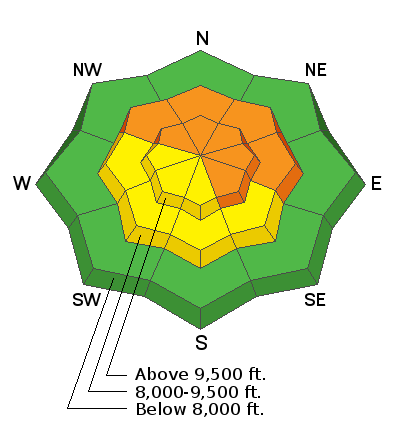
Low
Moderate
Considerable
High
Extreme
Learn how to read the forecast here


